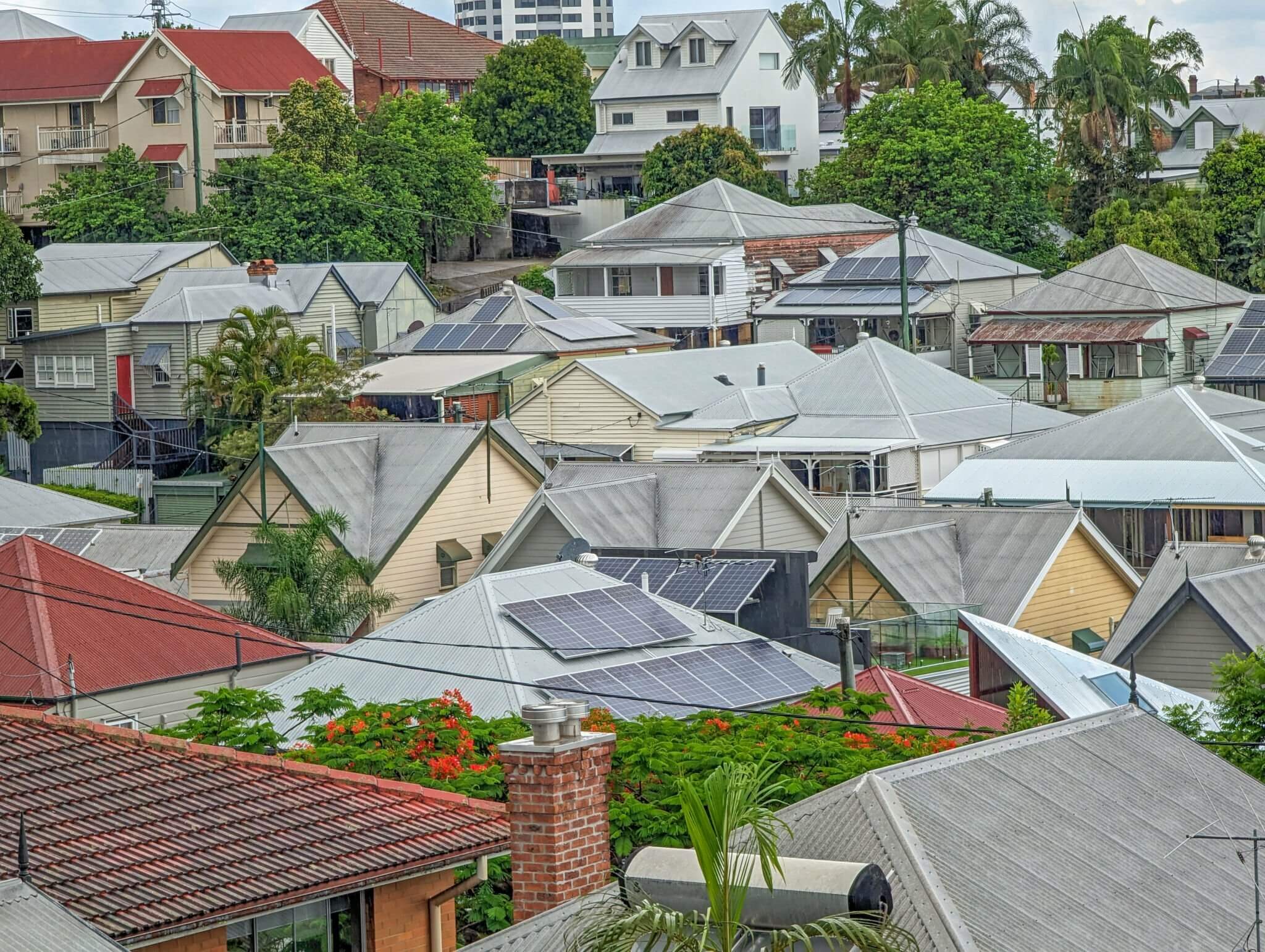In the world of Australian real estate, understanding the various types of properties available is crucial for both investors and homebuyers. The Australian property market offers a diverse range of real estate options, each with its own set of characteristics and investment potential. This guide aims to provide an overview of these different property types to help you navigate the Australian real estate landscape.
1. Residential Properties
Residential properties are the most common type of real estate in Australia. They range from single-family homes, which offer privacy and space, to apartments and townhouses, which are often more affordable and require less maintenance. Each type caters to different lifestyles and budgets, making them popular among a wide range of buyers.
2. Commercial Properties
Commercial properties in Australia encompass spaces used for business purposes, such as offices, retail shops, and warehouses. These properties often offer higher rental yields than residential properties but can come with longer vacancy periods and higher upfront costs. They are ideal for investors looking for long-term leases and stable income streams.
3. Industrial Properties
Industrial real estate includes factories, warehouses, and distribution centers. These properties are typically located in industrial zones and are suited for manufacturing, storage, and distribution activities. Investing in industrial properties can be lucrative due to the demand for logistics and storage solutions, especially in a growing economy.
4. Mixed-Use Properties
Mixed-use properties combine residential and commercial elements, such as apartments above retail stores or office spaces. These properties offer the convenience of living and working in the same location and can be an attractive investment option due to their versatility and potential for diverse income streams.
5. Rural Properties
Rural properties cover large land areas and are often used for agricultural purposes, like farming or cattle grazing. They offer a lifestyle away from the city’s hustle and provide opportunities for investors interested in agriculture or land development.
6. Development Sites
Development sites are parcels of land earmarked for construction or redevelopment. These properties offer investors the chance to create something new, whether it’s residential units, commercial spaces, or mixed-use developments. However, they require significant capital and understanding of the development process.
7. Holiday Homes
Holiday homes in scenic locations like coastal towns or mountain areas are popular in Australia. They can be used as private retreats or as rental properties to generate income. The appeal of holiday homes lies in their potential for both personal enjoyment and rental returns.
8. Specialized Properties
Specialized properties include unique real estate like retirement villages, medical centers, or educational facilities. These properties cater to specific sectors and can offer niche investment opportunities with long-term leases and stable tenants.
Conclusion
The Australian real estate market offers a wide variety of property types, each with its own set of benefits and considerations. Whether you’re a first-time homebuyer, a seasoned investor, or somewhere in between, understanding these different types of properties is key to making informed decisions and finding the right opportunity in Australian real estate.

Leave a Reply